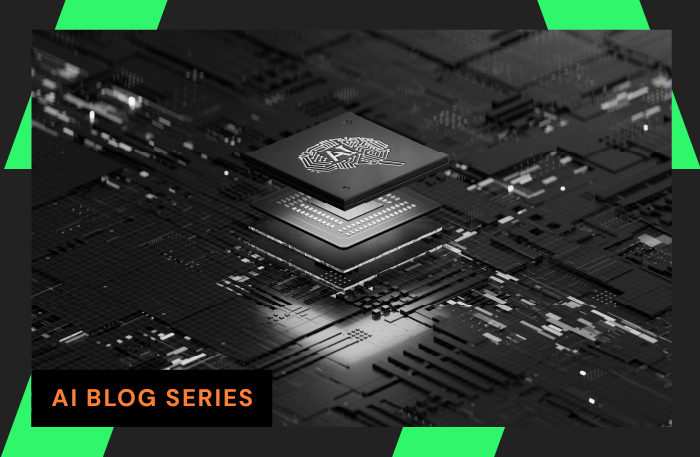
LiveNX 7 and Cisco SD-Access
LiveNX extends unified network performance management across the entire cross-domain lifecycle of DNA network solutions, including SD-Access, SD-WAN, and any multi-vendor environment.
Get visibility into both the virtual overlay (pxGrid, VXLAN, SGT, LISP) and the physical underlay (L2, L3, Access and Border Nodes) to correlate and synchronize troubleshooting.
Follow LiveAction’s 3 – day deployment plan including:
- A list of what should be predefined prior to an infrastructure change
- Important questions to ask on the day of the migration.
- How to reduce MTTR in an SD-Access network
Do you know the top challenges with an SD-WAN migration? Get equipped with LiveAction’s 3-day plan to prepare you for a successful digital transformation.


